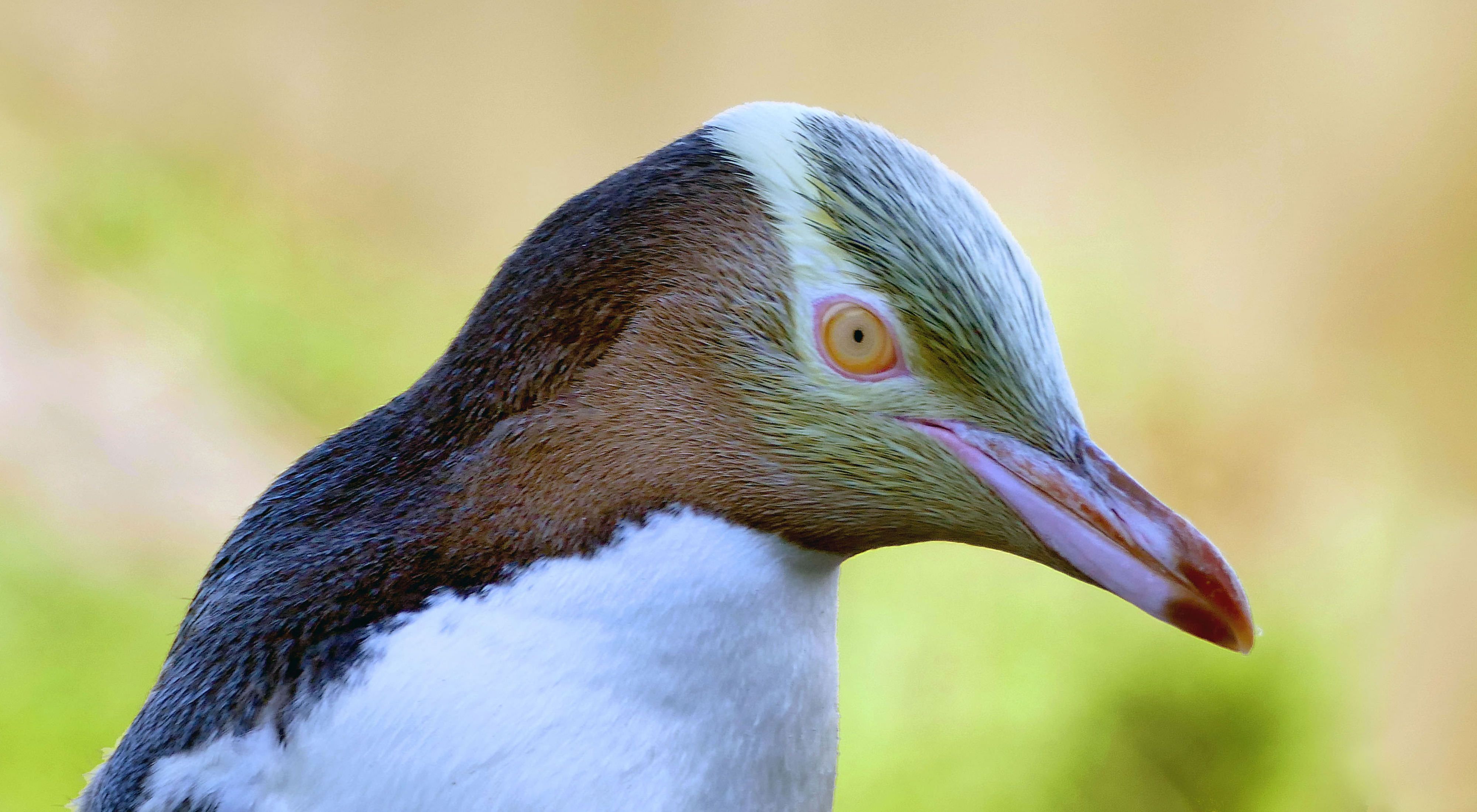Unique Species in New Zealand
You will not find New Zealand’s yellow-eyed penguins huddled together in vast colonies typical of most Antarctic penguins.
New Zealand’s geographic isolation and historically limited human footprint has made it home to an impressive array of flora and fauna—over two-thirds of which are found nowhere else on earth, such as the iconic kiwi and kakapo that are enduring symbols of national pride.
As many as 65,000 marine species flourish in coastal waters and deep oceans, from Bryde’s whales and dusky dolphins to leatherback turtles and yellow-eyed penguins.
Despite this abundance of biodiversity, New Zealand’s native plants and animals are among the world’s most imperiled. Agricultural and forestry activities can cause excessive run-off, degrading waterways and creating “dead zones” in estuaries where nutrient pollution depletes oxygen levels needed to sustain marine life. Invasive species—from rats to bangalow palms—prey on or out-compete native animals and plants.
Yellow-eyed penguins, known by the Maori people as hoiho, the world’s rarest penguin species—and perhaps also the shyest—inhabits dense coastal forests and hilly shrubland of the South Island, as well as a far-flung collection of uninhabited islands, most reachable only by boat through epically rough seas. Visitors hoping to spot these birds nestled under the canopy or feeding their fuzzy brown chicks typically must do so from covered trenches or viewing hides as not to frighten them.
These unique creatures have suffered a dramatic decline in population, with an estimated 2,000 alive today. By comparison, they numbered about 6,000 only a decade ago.
The reason why is a mix of human interference and an insidious disease. Rising global demand for New Zealand’s dairy products, by the nation’s largest product export, has driven the destruction of the penguin’s habitat to make way for agriculture and pastures. Human-introduced predators such as ferrets, rats and shoats (a short-tailed weasel) prey on vulnerable birds.
At sea, competition for declining fish pits penguins against sharks and other large fish. And in recent years, an outbreak of avian diphtheria has devastated penguin chicks, many who starve or suffer kidney failure after being infected. Without intervention, experts warn that yellow-eyed penguins could disappear altogether.
Your donation can help protect these magnificent birds.
In 2016, The Nature Conservancy launched a new campaign in New Zealand, where we are focused on protecting the nation’s oceans and waterways. We’re working in a non-partisan, collaborative fashion with the fishing industry, local conservation groups and government ministries to find much-needed solutions to protect marine habitats upon which penguins and other wonderful species depend.
